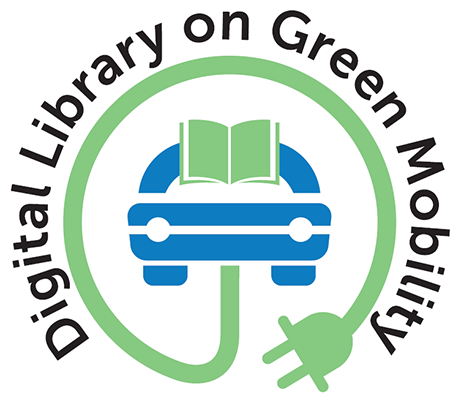Reports
India is experiencing rapid urbanization. Urban freight transport is a crucial enabler of economic activity in cities, ensuring the flow of goods for citizens and businesses. However, urban freight systems also generate negative consequences. Freight vehicles are disproportionate contributors of carbon dioxide, particulate matter, and nitrogen oxide emissions.
Electrifying India’s Four-wheeler Ride-hailing Vehicles: Policy Experiences from Abroad
2021
Author(s): International Council on Clean Transportation (ICCT)
The central government and several state governments in India have implemented consumer financial incentives that reduce the total cost of ownership gap between electric and conventional gasoline and diesel cars used as ride-hailing vehicles.
Evaluating Electric Vehicle Market Growth across U.S. Cities
2021
Author(s): Bui A, Slowik P, Lutsey N
The electric vehicle market in the United States has grown from a few thousand vehicles in 2010 to more than 315,000 vehicles sold annually from 2018 to 2020. In 2020, the electric share of new vehicle sales was approximately 2.4%, an increase from about 2% in 2019.
Developing Innovative Mobility Solutions in the Brussels-Capital Region
2021
Author(s): International Transport Forum (ITF)
This document provides a summary of the recommendations for regulatory and data governance frameworks to support the development of Mobility as a Service (MaaS) in the Brussels-Capital Region.
Unlocking Large-Scale, Long-Term Capital for Sustainable Mobility: Introducing Key Mobility Investment Archetypes
2021
Author(s): World Economic Forum (WEF)
The need for investment into zero-emission greenhouse gas (GHG) technologies is apparent. McKinsey estimates that €28 trillion of investments will be required to reach net-zero by 2050 in the 27 European Union members alone, compared with no climate action.
Electric vehicles (EVs) are making up an increasing share of sales in key markets around the world, becoming ever more central to automakers’ business models. With this shift, incumbent OEMs and new EV players alike are searching for profitable EV business models and a sustained competitive advantage, since mass-market EV profitability is still a challenge.
Joint Statement on the Urban Mobility Framework
2021
Author(s): International Association of Public Transport (UITP)
UITP and other associations are publishing a new joint statement on the upcoming Urban Mobility Framework. In the joint statement, a broad coalition of transport stakeholders stress that public transport and active mobility must be the foundation on which to build the change we need in our urban mobility systems.
Some studies are already available on how the climate policy transformation affects employment in the automotive world of work. However, their focus is quite narrow, mostly only the employment effects of electromobility are considered.
Raw Materials for Electric Mobility
2021
Author(s): Deutsche Gesellschaft für Internationale Zusammenarbeit (GIZ) GmbH, Bundesanstalt für Geowissenschaften und Rohstoffe (BGR)
Resources such as lithium, cobalt, nickel, graphite, aluminium, tin, manganese and copper are used, for instance, to produce lithium-ion batteries that power electric mobility. The extraction of these resources brings with it a number of social and environmental risks
Supporting Governments with 100% ZEV Targets
2021
Author(s): International Council on Clean Transportation (ICCT)
A commitment to move to all zero-emission vehicle (ZEV) sales requires careful planning and coordination among many stakeholders. The members of the International ZEV Alliance commissioned and hosted four webinars on different aspects of 100% ZEV targets: the state of 100% ZEV targets, regulations to ensure the ZEV transition, working with cities to achieve ZEV targets, and the economic impacts of the ZEV transition.



